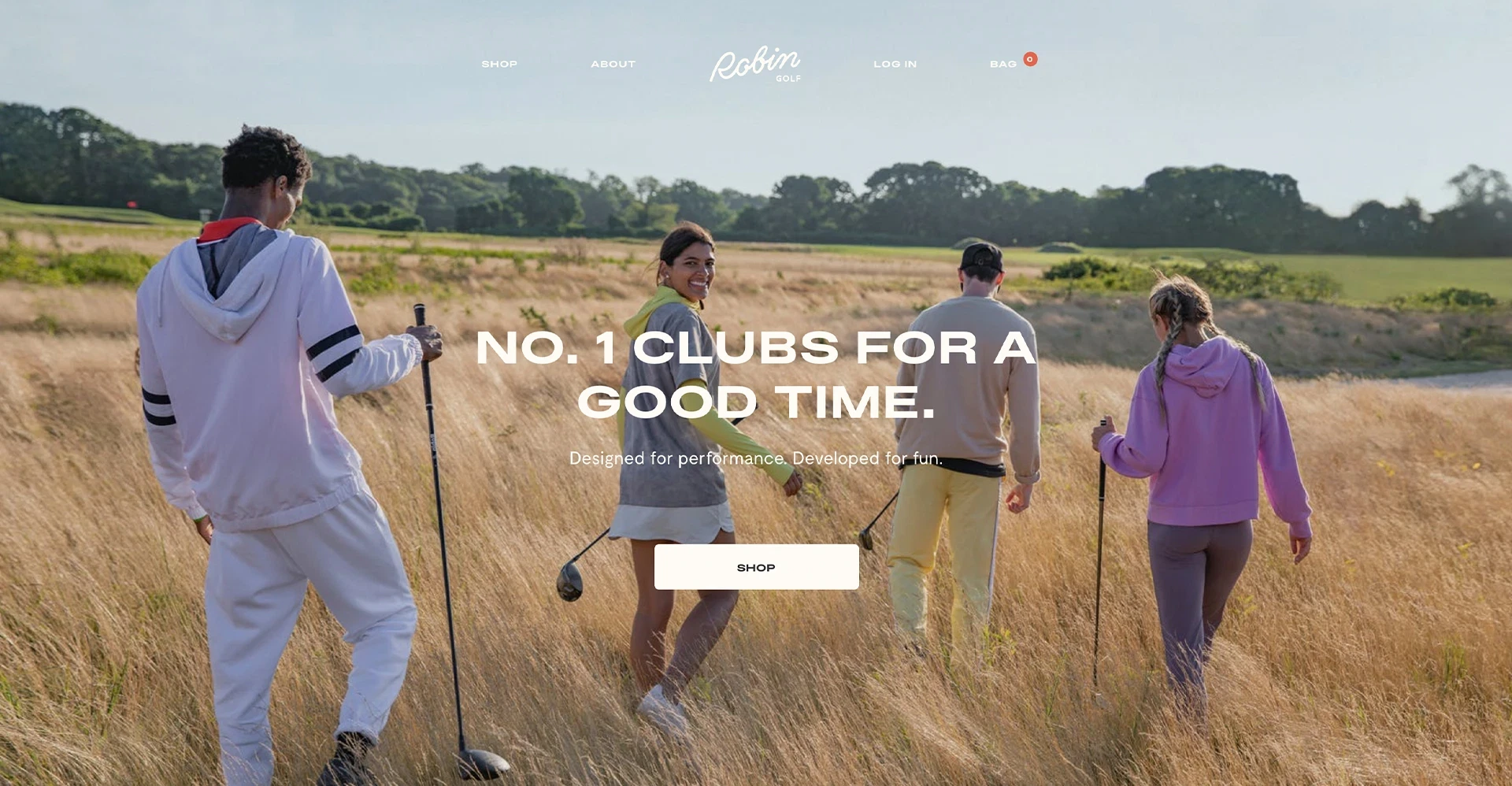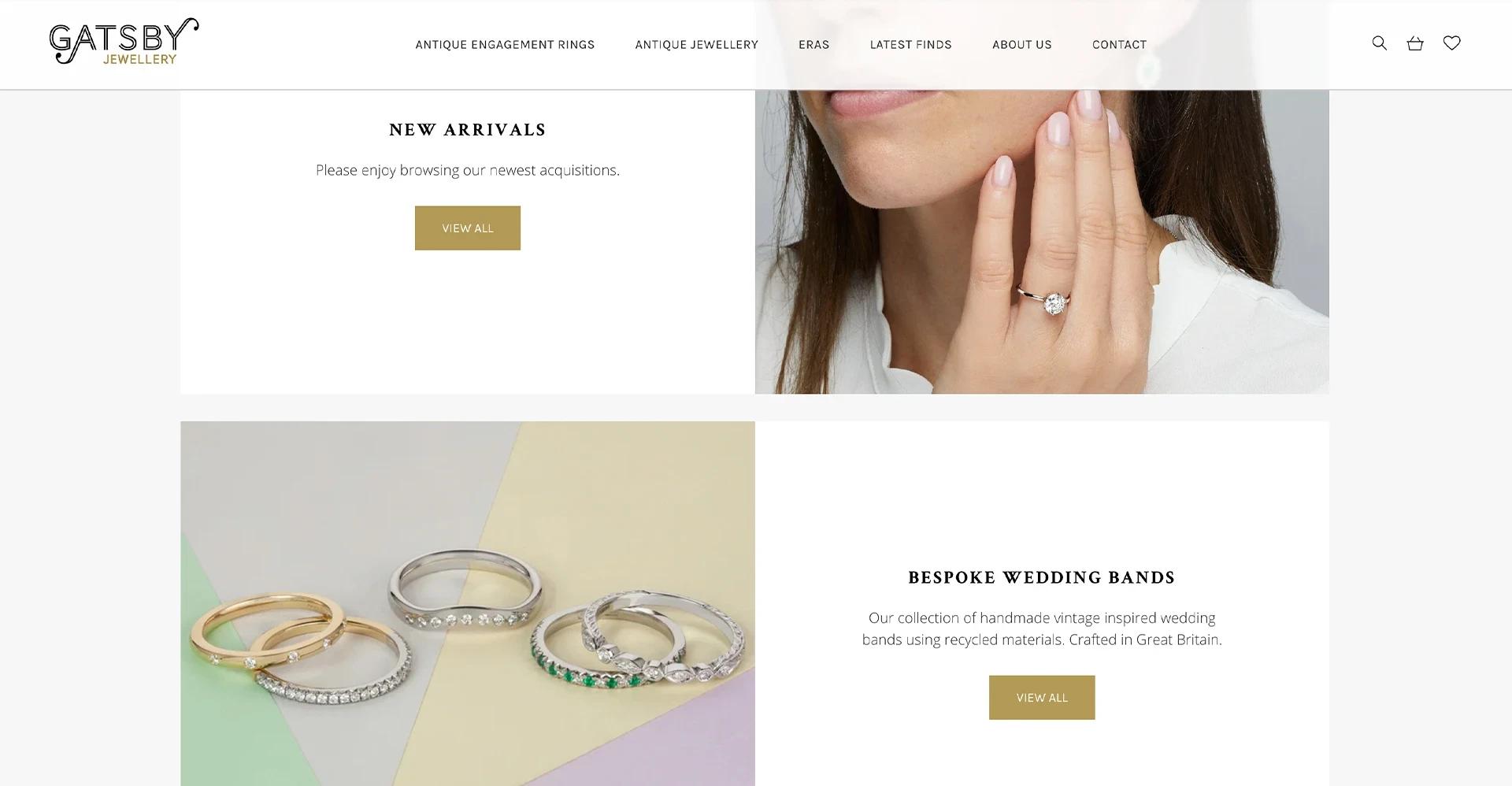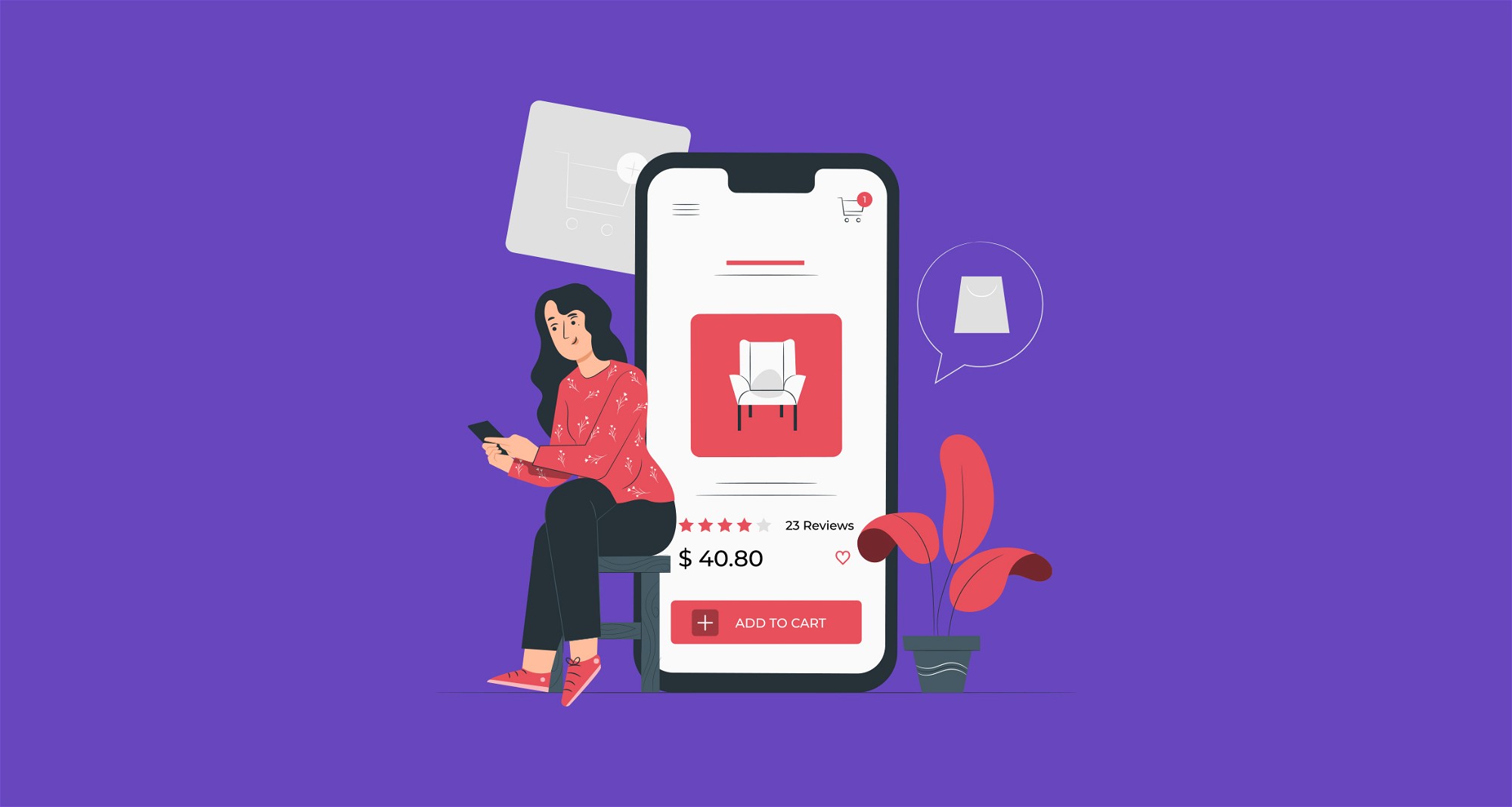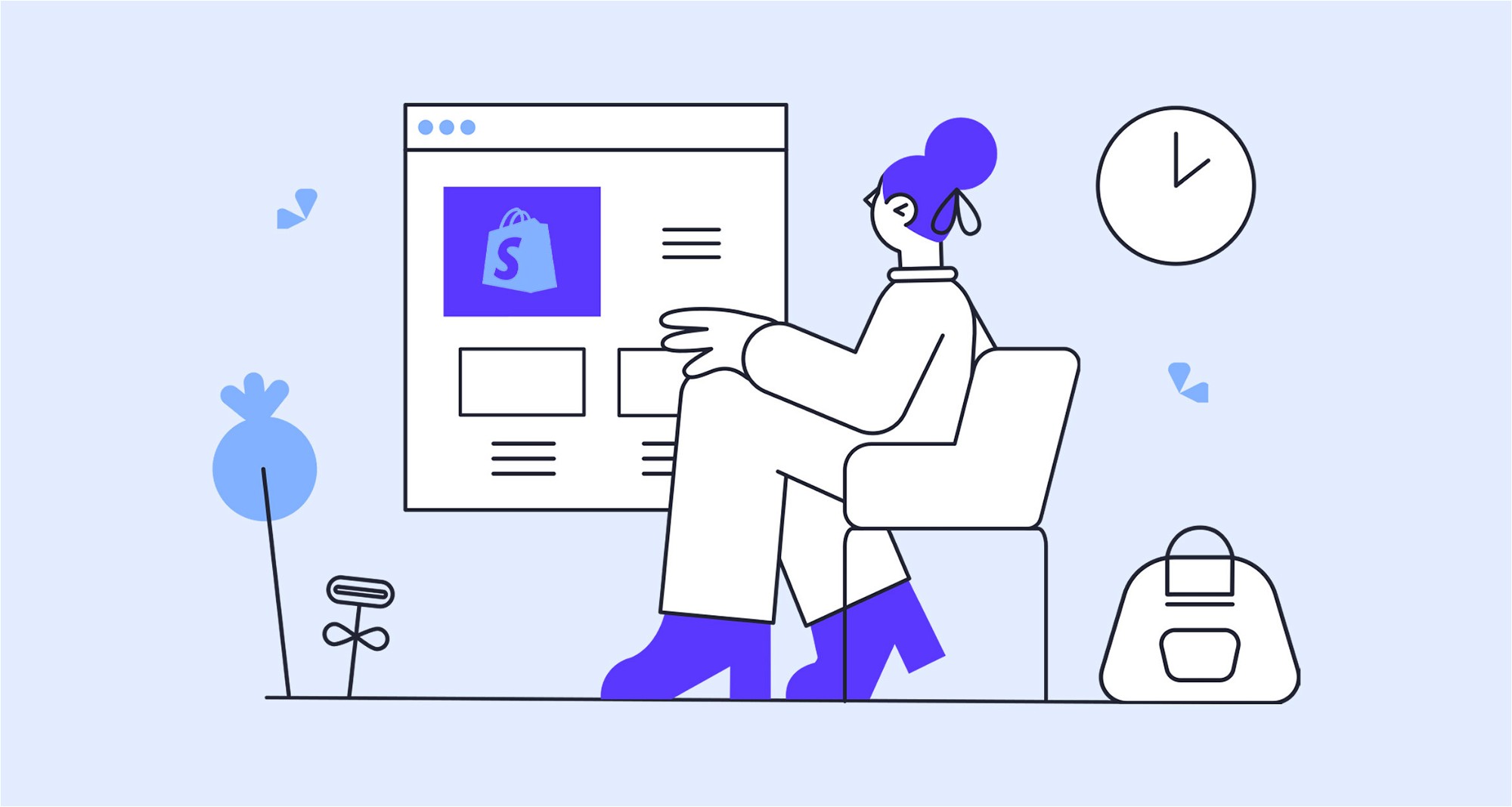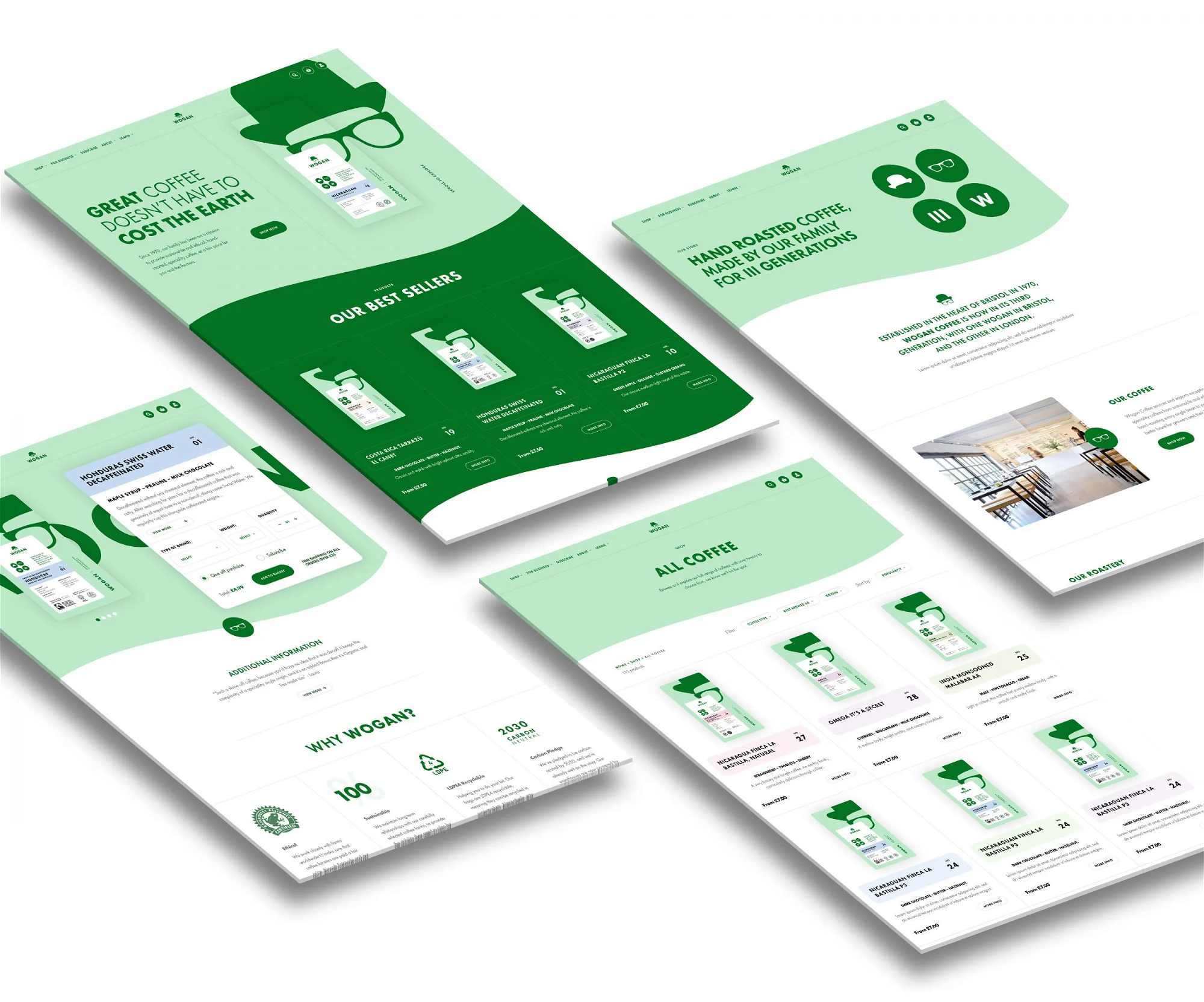Here’s why good web design should be a priority for E-commerce businesses

Introduction
Good web design is fundamental for any type of E-commerce business. Consumers must be able to easily navigate through a website to ensure they find what they are looking to purchase. If a consumer has a good experience using a website they are more likely to return and buy again.
The same applies to in-store shopping – you are unlikely to return if your experience is strenuous and you are having difficulty locating the items you are after. So, whether online or instore, a great user experience will get consumers through the shopping process smoothly and thus increase not only customer satisfaction but also the company’s revenue.
In this blog, we’ll discuss some of the most important aspects of E-commerce web design which ensure online stores are intuitive, reliable and retain consumers.
1. Intuitive UX throughout the online shopping experience
Bad user experience prevents visitors from converting, it’s as simple as that! This is why shopping cart abandonment (which is when visitors leave your site without making a purchase) is one of the main problems e-commerce businesses face today. Designers work hard to create seamless transitions, for example, from finding a product, adding it to the cart and then finally making the purchase.
To simplify the online shopping experience designers must consider the following:accessibility, usability e.g. limiting the number of fields a user has to fill out during the checkout process and converting users without forcing them to commit.
Moreover, smart product suggestions and personalised content are becoming more and more popular amongst e-commerce businesses. Personalisation can greatly improve the user experience and thus the conversion rate. It’s important to consider this aspect when designing user journeys.
2. Responsive design
With an increase in online e-commerce traffic through smartphones and tablets, having a seamless experience across multiple devices is essential. Websites which lack a mobile-friendly experience are likely to drive away consumers and are losing out to competitors who may be a step ahead.
Practices to consider when designing mobile for E-commerce: Simplified interface design, micro-interactions that improve a users experience, image zoom support, content hierarchy and page loading times.
3. Easy to use navigation
A user trying to buy from your site should be able to locate their desired item instantaneously. To direct and assist consumers, your site’s navigation must be extremely clear and organised. The navigation should be easy to find with prominent categories and sub-categories. After all, if the user can’t locate an item, they won’t buy it!
A prominent search bar is an important feature that all E-commerce sites with large assortments should consider. It allows users to find specifically what they are looking for.
4. Call to actions
A Call to action (CTA) tells visitors which step they should take next and, in the e-commerce world, a well-designed CTA can convert a visitor into a customer.
However, using an ordinary CTA may not be the most effective way of grabbing users’ attention and encouraging them to take the next step. You want your button to stand out, whilst at the same time, it cannot be too ‘aggressive’. It has to match the rest of the site.
To do so you must consider the following when designing a CTA: contrasting colours, size, spacing, shape and effective copywriting. We also recommend testing different CTAs to see which version performs best with your customers.
5. High-quality product photography
Online customers are not able to touch products before they purchase them, therefore the best way to showcase a product is through high-quality photography. Customers will get a better understanding of what you’re selling if the items are photographed from different angles, in realistic environments and highlighting important product details. 360-degree product viewers are also a nice touch.
Consistent, yet creative approach can go a long way not only when it comes to converting visitors into customers, but also in increasing the brand awareness and enabling people to get an overall ‘feeling’ of your company through the photographs’ aesthetics. It’s especially important for premium brands.
6. Concisely written content
Beautiful photography should always be accompanied by an appropriate and detailed descriptive copy. It will help customers understand your product better. Cluttering an E-commerce website with too much copy can lead to customers feeling overwhelmed. Let’s be honest – no one wants to read boring, lengthy paragraphs.
Keeping the copy concise and short makes the information easier to digest and encourages visitors to *actually* read it! Just like with photography, creative copywriting can help you appeal to your potential customers better. Make sure the language is appropriate – for example, with younger audiences you can implement more fun, casual copy.
Conclusion
Of course, there are more than six aspects of E-commerce web design, but for us, these are the most important ones to consider. Remember that no two E-commerce websites are the same!
At KOTA, we always provide a tailored approach for each of our clients, depending on the brand and business objectives. We already helped many e-commerce businesses increase revenue through improved conversion and customer retention. Homepage for antique jewellery business Gatsby Jewellery and Shopify site for The Funky Appliance Company are just a couple of examples of our work. Make sure to get in touch with us, so we can come up with a creative solution together!
Interested in working with KOTA?
Drop us a line at
hello@kota.co.uk
We are a Creative Digital Agency based in Clerkenwell London, specialising in Creative Web Design, Web Development, Branding and Digital Marketing.





